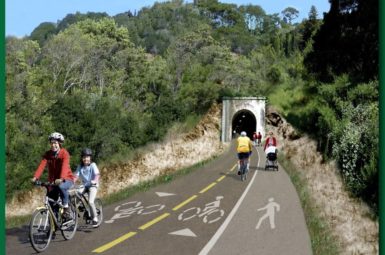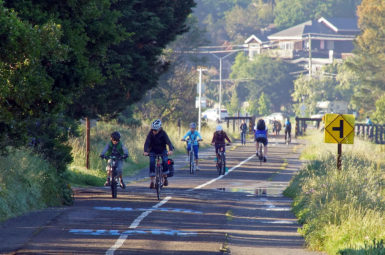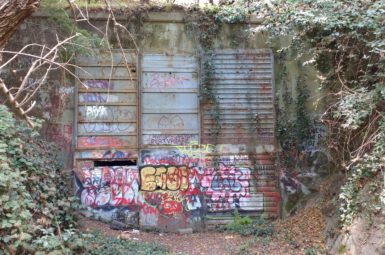Transportation Vision For Marin Marin Voice: Why We Can & Should Reopen Alto Tunnel
by Bjorn Griepenburg, Policy & Planning Director, Marin County Bicycle Coalition
Last week, the county of Marin released an updated cost estimate to reopen Alto Tunnel. The former rail tunnel offers the only possible way for seniors, families with children, residents with physical disabilities and those less confident on bikes to ride or walk between Mill Valley and Corte Madera.
It is impossible to ignore the estimated $46.8 million price tag, but that number deserves historic and fiscal context.
In 1975, Marin established the vision for a network of safe and convenient pathways in its first bicycle plan. Due to our challenging geography of hills, wetlands and estuary crossings, the former Northwestern Pacific Railroad — with its tunnels, bridges and levees — was identified as the network’s logical spine and reimagined as the North-South Greenway.
The funds needed to make the vision a reality, however, were slow to come. For much of the past century, transportation funding was devoted solely to building and expanding our highway and roadway systems for automobiles, with little attention given to bicycle and pedestrian needs.
Money for active transportation did not arrive until the 2000s, though it was, and continues to be, limited to small pots of competitive grants that comprise a miniscule percentage of overall transportation spending. As a result, the North-South Greenway is being built in a piecemeal fashion.
Marin’s success in winning grant funding began in 2005, thanks largely to the Marin County Bicycle Coalition. Marin was chosen as one of four recipients for the Non-Motorized Transportation Pilot Program, bringing $25 million in federal funds for walking and bicycling improvements to Marin.
That money contributed to a wide range of efforts including educational programs, planning studies, bike lanes and safety improvements. It was also used to leverage federal, state and regional funds for larger efforts, including pieces of the Greenway.
In 2010, 35 years after the county’s first bicycle plan, Cal Park Hill Tunnel was opened, establishing a connection between San Rafael and Larkspur. Six years later, the pathway was extended across East Sir Francis Drake Boulevard with the construction of the Central Marin Ferry Connector Bridge.
Soon, the county will begin work to get people over the next obstacle — Corte Madera Creek.
Some ask whether these investments came at the cost of traffic relief projects or road rehabilitation.
Contrary to popular belief, they were not built with local funds from the Transportation Authority of Marin’s half-cent sales tax, nor did they tap money that could have been used to fill potholes. Instead, they came from an amalgamation of regional, state and federal sources.
More dedicated funding opportunities are being created now.
The state recently committed $1 billion over the next 10 years to walking and bicycling projects in order to meet mobility, climate change, public health and equity goals.
These funds could come to Marin toward reopening Alto Tunnel — the final significant gap in the North-South Greenway — or go elsewhere.
As with the rest of California, the residents of Marin deserve the opportunity to compete for public funding.
Decades from now, our children and their children will enjoy the freedom of walking and bicycling along the Greenway. They won’t ask what the tunnels and bridges cost, or how hard we worked to cobble together the funding.
Instead, they’ll be grateful for the vision that made it possible.
This is the third MCBC column published in the Marin Independent Journal this year. To read the other two, click here and here.



